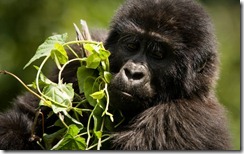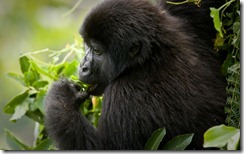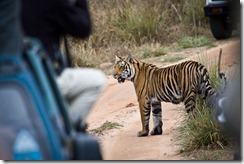Environmental, Photography, Wildlife
Lockdown, thankfully, beginning to end, gave me the opportunity to focus my photography a little closer to home. One project I’ve wanted to do for a while is to document some of the new life in Castletown. As you might know, any photography that involves wild birds at or nears their nests is illegal under the Wildlife act 1976. So, I contacted the National Parks and Wildlife Service (NPWS) and filled out an application form and became licensed under the act.For anyone thinking of going down the route. The process is simple enough. Fill in the application form and submit. It is almost certain that you will get a follow-up call for the national parks and Wildlife Service regarding the purpose and process you intend to use.
The whole process was straightforward and the people involved were extremely helpful
The gallery below is the result






